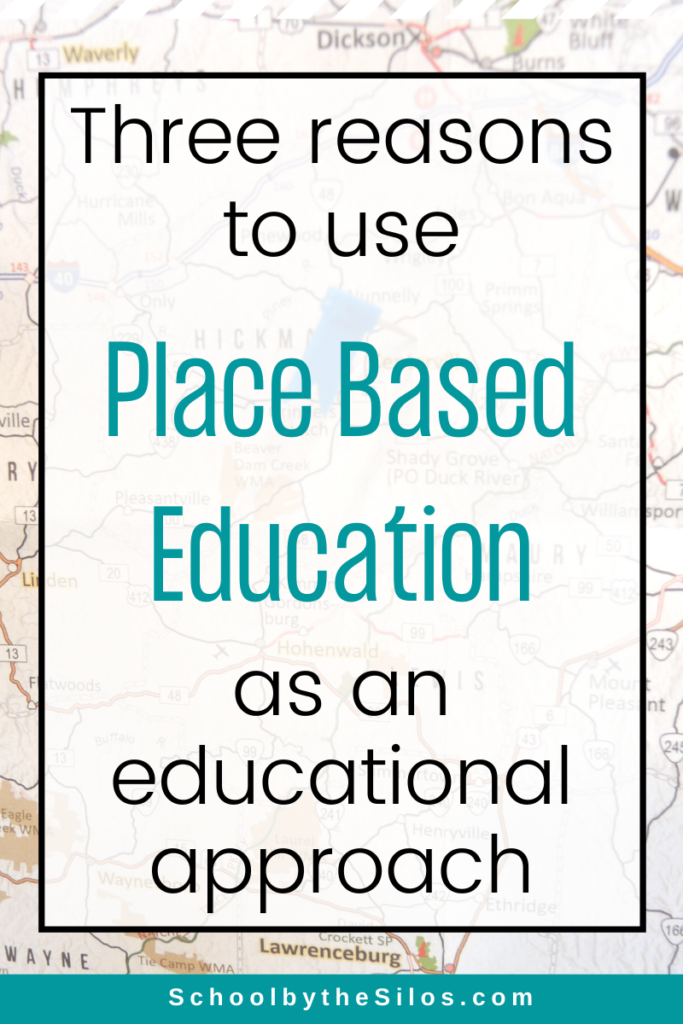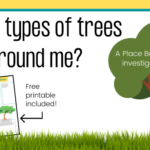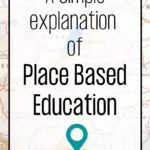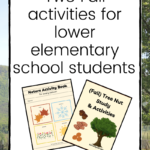Student learning is the top priority for any educator. Whether you homeschool, or are in private or public school, Place Based Education (PBE) can be a benefit to students. I discovered this approach while completing research for a higher level education degree. Honestly after teaching in various environments, no “educational approach” has ever excited me more. If you are unsure about what PBE is, check out this post.
For today, I wanted to share three reasons to use PBE as a learning approach in your homeschool or classroom. Let’s get to it!

Provides a springboard for learning
When you introduce a concept to students and tie it to something familiar, they have a much easier time understanding it. Since PBE makes the community part of the classroom, students use areas they are familiar with to help them learn. As an example, if you’re teaching about perimeter, you could provide the map of the local park and have students determine the answer. If you have a small group or homeschool, you could physically go to the park and do it in person.
Using the physical community provides a solid “jumping off point” for the students education.
Makes learning “real”
When you start from where students are, it makes learning more real. Take an example for older students, like government/civics. This subject is mainly taught from a “top down” approach. They learn who the president is and that you vote, and probably not a lot else (at least that they actually remember a few years later).
However, if you start with a Place Based approach, student start with their local city/county, mayor, school board, etc., and go up. Being able to see their elected representatives, meet with them, or have them come speak to the class will help them understand the mechanics of government/civics more than just seeing the President of the United States on television or internet memes.
Also, students can learn to solve community problems instead of hypothetical ones in a textbook. Is your town wanting to build a new park? Students can look at budgets, money, tax revenue, etc., so solve how it will be financed and built.
The possibilities are endless and give students a “real” sense that what they are learning matters and can actually be applied to their lives.
Shows students how everything works together
PBE proves a more holistic and “interdisciplinary” approach to education, therefore students are able to see how everything works together instead of learning being segmented into differing subjects. They make connections between English and history, science and health, society to their local environment, and so much more. By doing this, students begin to see that learning is all around them and the interconnectedness of all the different “disciplines.”
In closing
I hope you found this article informative. PBE can be incorporated in so many different ways, and I hope you can see the value and potential of this approach. If you want to learn more, feel free to:
- Follow me on Instagram
- Click here for blog post explaining PBE specifically as well as other resources
- Check out this Pinterest board for a few more articles and examples of PBE
Thanks for reading, and feel free to share!
All the best,
-School by the Silos
A little about the site: School by the Silos combines my passion for education, curriculum making, and Place Based Education. You can learn more about me here. Also, be sure to check out the free printables and visit the shop!





